Bens Pardamean
Transfer-Learning-Aware Neuro-Evolution for Diseases Detection in Chest X-Ray Images
Apr 15, 2020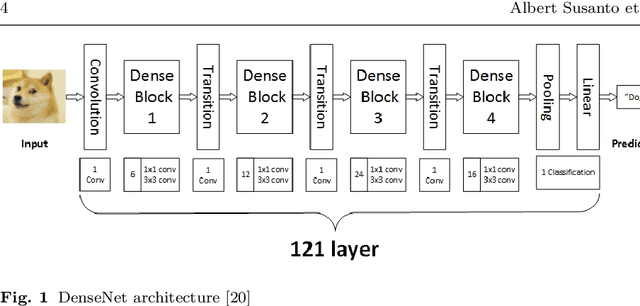
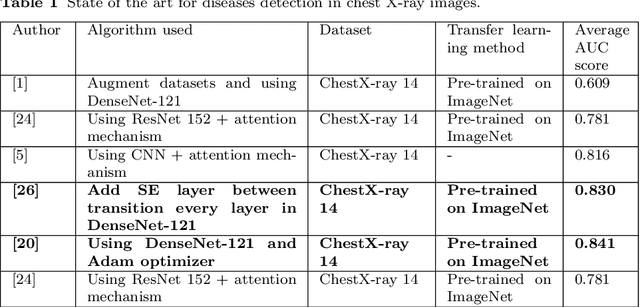
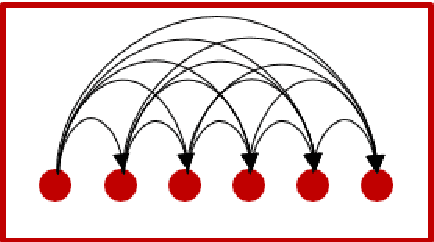
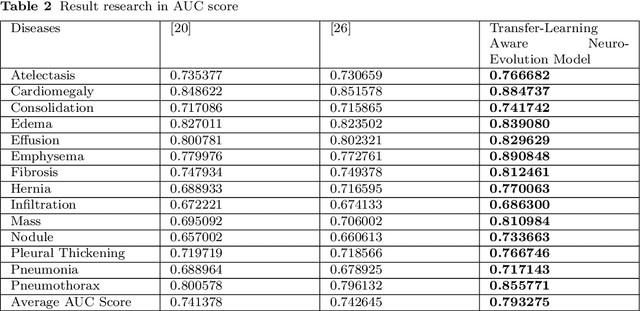
Abstract:The neural network needs excessive costs of time because of the complexity of architecture when trained on images. Transfer learning and fine-tuning can help improve time and cost efficiency when training a neural network. Yet, Transfer learning and fine-tuning needs a lot of experiment to try with. Therefore, a method to find the best architecture for transfer learning and fine-tuning is needed. To overcome this problem, neuro-evolution using a genetic algorithm can be used to find the best architecture for transfer learning. To check the performance of this study, dataset ChestX-Ray 14 and DenseNet-121 as a base neural network model are used. This study used the AUC score, differences in execution time for training, and McNemar's test to the significance test. In terms of result, this study got a 5% difference in the AUC score, 3 % faster in terms of execution time, and significance in most of the disease detection. Finally, this study gives a concrete summary of how neuro-evolution transfer learning can help in terms of transfer learning and fine-tuning.
An Application of Backpropagation Artificial Neural Network Method for Measuring The Severity of Osteoarthritis
Sep 29, 2013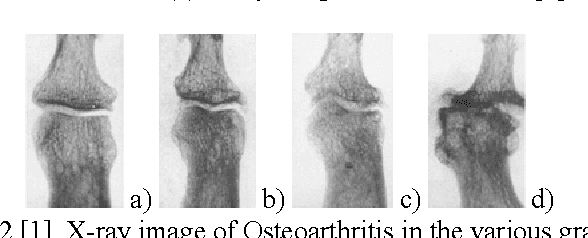

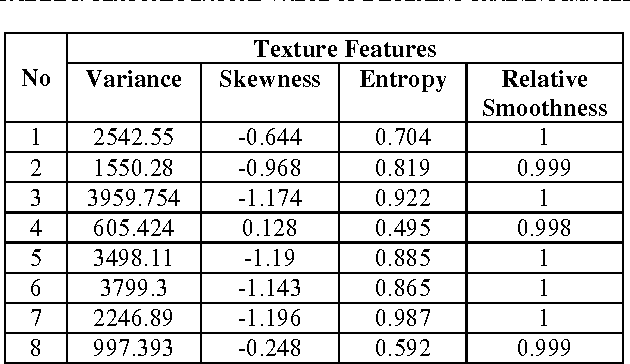
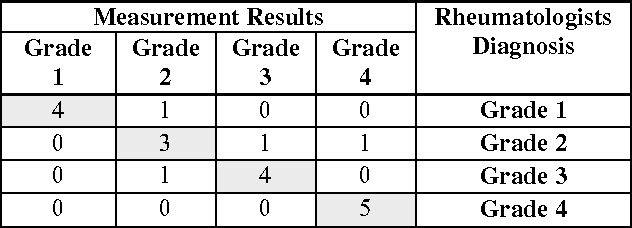
Abstract:The examination of Osteoarthritis disease through X-ray by rheumatology can be classified into four grade of severity. This paper discusses about the application of artificial neural network backpropagation method for measuring the severity of the disease, where the observed X-ray range from wrist to fingers. The main procedures of system in this paper is divided into three, which are image processing, feature extraction, and artificial neural network process. First, an X-ray image digital (200x150 pixels and greyscale) will be thresholded, then extracted features based on probabilistic values of the color intensity of seven bit quantization result, and statistical textures. That feature values then will be normalizing to interval [0.1, 0.9], and then the result would be processing on backpropagation artificial neural network system as input to determine the severity of disease from an X-ray had input before it. From testing with learning rate 0.3, momentum 0.4, hidden units five pieces and about 132 feature vectors, this system had had a level of accuracy of 100% for learning data, 80% for learning and non-learning data, and 66.6% for non-learning data
* 4 pages, 4 figures, 3 tables
 Add to Chrome
Add to Chrome Add to Firefox
Add to Firefox Add to Edge
Add to Edge